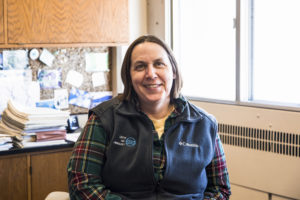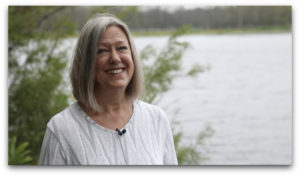
Program subject to change.
Updated 2 November 2021
Valuing Waters: A Long-Term Perspective From WisconsinLakes are extraordinary ecosystems that provide societal benefits from recreation to food to clean and plentiful drinking water. But the same characteristics that draw us in leave lakes vulnerable to human activities that can damage these environments, and in some cases, cause large, abrupt, and undesirable ecological changes. For the past 40 years, the North Temperate Lakes Long-Term Ecological Research Program (NTL-LTER) has been studying how and why lakes change over time and the consequences of these changes. This has involved research and monitoring of two sets of Wisconsin lakes and their surrounding landscapes. One group of lakes is located in the rural, forested, and tourist-dominated Northern Highland Lake District in northern Wisconsin and the other is situated in the agricultural and urban landscape around Madison, Wisconsin’s state capitol. In this talk, I will describe how studying these two distinct groups of lakes over several years has provided a variety of examples of long-term change in lakes, human impacts on these systems, and how these influences can affect the range of benefits provided by these ecosystems. Emily Stanley is a professor and Wayland Noland Distinguished Chair in the Department of Integrative Biology and Center for Limnology and the leader of the North Temperate Lakes Long Term Ecological Research program at the University of Wisconsin–Madison. She received her B.S. degree from Yale University and Ph.D. from Arizona State University. Stanley’s research group studies ecosystem ecology, biogeochemistry, and long-term change in rivers and lakes. This has included studies of the consequences of dam removals, development of large lake data sets to study regional and continental change in lakes, and carbon cycling and greenhouse gas emissions from inland waters. Stanley was named an Aldo Leopold Fellow in 2006, an Ecological Society of America Fellow and a Society for Freshwater Science Fellow in 2018 and received ASLO’s G.E. Hutchinson award in 2018 in recognition of her outstanding and synthetic contributions to the understanding of nitrogen and carbon cycling in lakes and streams. |


